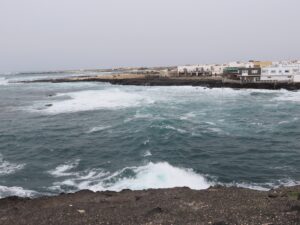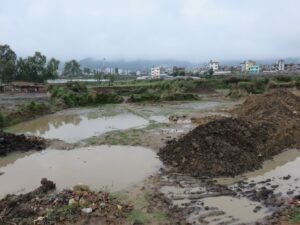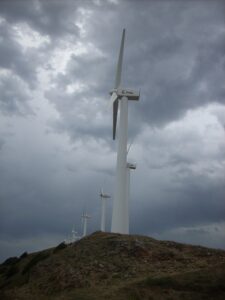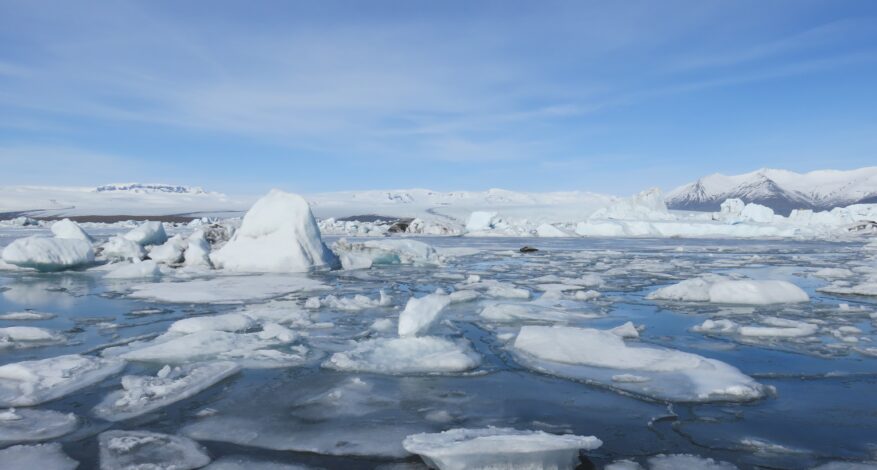DO YOU NEED TO FEAR WATER?
Sea level rise is a phenomenon caused by the melting of the glaciers and partly attributable also to the warming of the surface oceans. Ocean and sea levels from all over the world are growing and this process is becoming faster and faster.
 Between 1991 and 2019 oceans have risen about 75 mm and the pace could increase in the future. The global mean rises of sea levels expected for this century is about 2 meters, according to the estimates. More than 70% of the people considered in danger live in Asian countries and most of them in China. Not even Italy is immune to this phenomenon. Most of the south and the centre of Italy will be completely underwater.
Between 1991 and 2019 oceans have risen about 75 mm and the pace could increase in the future. The global mean rises of sea levels expected for this century is about 2 meters, according to the estimates. More than 70% of the people considered in danger live in Asian countries and most of them in China. Not even Italy is immune to this phenomenon. Most of the south and the centre of Italy will be completely underwater.
CLIMATE CENTRAL AND DRAMATIC SCENARIOS
Climate Central is a non-profit news organisation that analyses and reports on climate science. Composed of scientists and science journalists, the organisation conducts scientific research on climate change and energy issues, producing multimedia content that is distributed on their website.
According to them, the sea level rise could flood all the coastal areas where now there are between 340 and 480 million people. This will cause a massive increase in climate migration and a redistribution of the density of the coastal population. So, the inland areas will experience heavy pressure in social and economic terms.
 Coastal ecosystems are facing drastic changes. Many systems might ultimately be lost when sea levels rise too much or too fast. Some ecosystems can move land inward with the high-water mark, but many are prevented from migrating due to natural or artificial barriers. This coastal narrowing, sometimes called ‘coastal squeeze’ when considering human-made barriers, could result in the loss of habitats such as mudflats and marshes.
Coastal ecosystems are facing drastic changes. Many systems might ultimately be lost when sea levels rise too much or too fast. Some ecosystems can move land inward with the high-water mark, but many are prevented from migrating due to natural or artificial barriers. This coastal narrowing, sometimes called ‘coastal squeeze’ when considering human-made barriers, could result in the loss of habitats such as mudflats and marshes.
POSSIBLE SOLUTIONS AND ADAPTATION
Adaptation options to sea-level rise can be broadly classified into retreat, accommodate, and protect. Retreating is moving people and infrastructure to less exposed areas and preventing further development in areas that are at risk. This type of adaptation is potentially disruptive, as the displacement of people might lead to tensions.
Accommodation options are measurements that make societies more flexible to sea-level rise. Examples are the cultivation of food crops that tolerate a high salt content in the soil and making new building standards that require the building to be built higher and have less damage in the case a flood does occur. Finally, areas can be protected by the construction of dams, dikes, and by improving natural defenses.
These adaptation options can be further divided into hard and soft.
Hard adaptation relies mostly on capital-intensive human-built infrastructure and involves large-scale changes to human societies and ecological systems. Because of its large scale, it is often not flexible.
 Soft adaptation involves strengthening natural defenses and adaptation strategies in local communities and the use of simple and modular technology, which can be locally owned.
Soft adaptation involves strengthening natural defenses and adaptation strategies in local communities and the use of simple and modular technology, which can be locally owned.
The two types of adaptation might be complementary or mutually exclusive
To avoid the catastrophic effects that the sea level rise will produce is important to apply now all the damage prevention measures and to contain CO2 emissions.
Many companies throughout the world are already doing this, by adopting development programs to increase the resilience of people who live in a flood risk area, by redefining their own space and consumption, by using energy from renewable sources.

